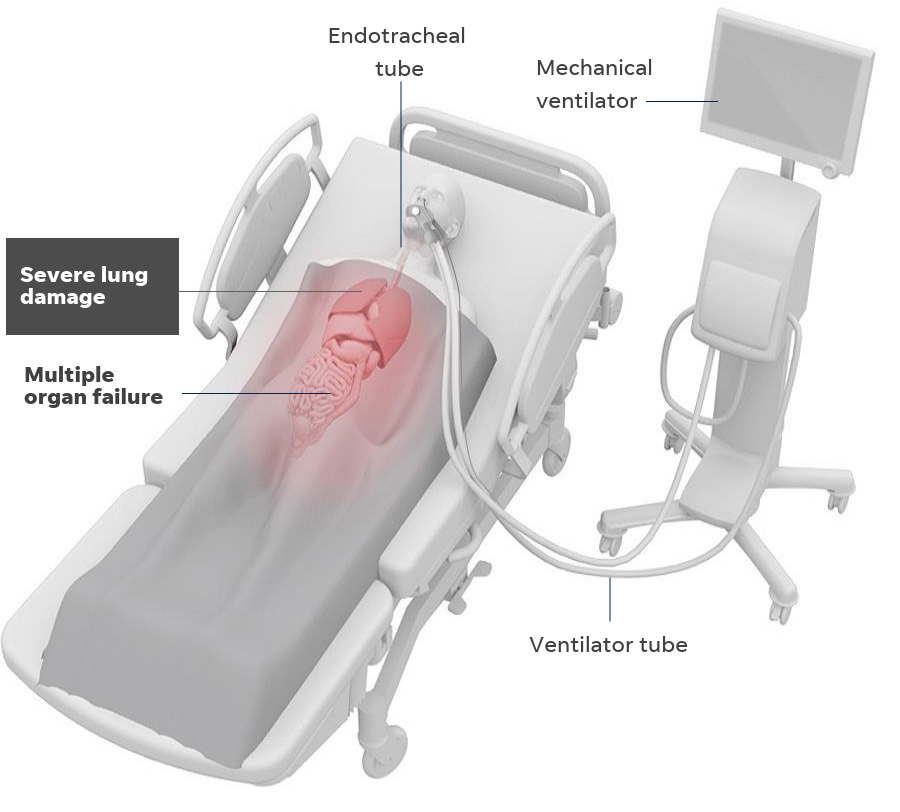 “We have to ensure that we never return to the society that enabled this pandemic to emerge.”
“We have to ensure that we never return to the society that enabled this pandemic to emerge.”
 Glen Ford, BAR Executive Editor
Glen Ford, BAR Executive Editor
April 9, 2020
Covid-19 has laid bare a fundamental truth: that capitalist healthcare is a contradiction in terms, since capital – like the killer virus — cares for nothing but reproducing itself.
What some may remember as the Year of the Lost Spring – lost loved ones, lost jobs, lost freedom of movement – may also become the year that the oligarchy and its servants in both corporate parties lost popular permission to dictate the terms of life and death in the United States.
For the second time this century, the economies of the U.S. and Europe are circling the abyss, dragging much of the rest of the planet with them, while China, site of the first large eruption of Covid-19, leads the world in both economic resilience and global mutual aid — and Cuba has stepped forward once again as the champion of medical solidarity.
The superpower that has killed millions in its quest for global supremacy has utterly failed the most basic test of legitimacy at home: the ability to protect its own population. COVID-19 has laid bare a fundamental truth: that capitalist healthcare is a contradiction in terms, since capital – like the killer virus — cares for nothing but reproducing itself.
“The Lords of Capital have been devouring the nation’s protective membrane, leaving the population defenseless against, not only microbes, but every disease of the poor.”
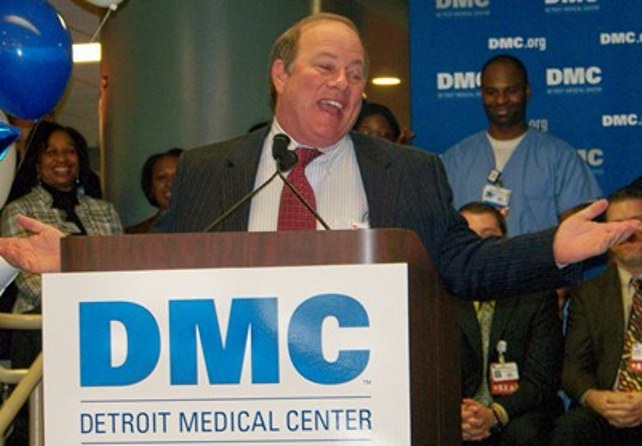
Mike Duggan celebrates sale of DMC to Vanguard Aug. 5, 2013. It is now owned by Tenet Capital. Hundreds of workers have been laid off, services cut back. VOD photo
Above: ER nurses at the Detroit Medical Center’s Sinai-Grace Hospital conduct sit-down protest about COVID-19 conditions, get fired April 5, 2020. While CEO of the DMC, Mike Duggan (now Mayor of Detroit) sold the ‘non-profit’ to two private, for-profit companies run by New York-based hedge funds.
The U.S. “public” health sector is revealed as a hollowed-out shell, crippled and shrunken by decades of unrelenting privatization at the hands of the oligarch-serving political duopoly. In effect, the Lords of Capital have been devouring the nation’s protective membrane, leaving the population defenseless against, not only microbes, but every disease of the poor — plus opiates and the lethal social pathologies that spawn spectacular and uniquely American mass shootings at schools, churches and shopping malls, and the daily slaughter of Black and brown youth on the streets.
The idiot currently occupying the White House did not create the healthcare crisis, and the people know it. Donald Trump is far too incompetent and unfocused to pull off such a monumental crime, which has been unfolding for decades.
“Democrats have been full partners in stripping the people of public health protections.”

NY Governor Andrew Cuomo
Democrats have been full partners in stripping the people of public health protections – including New York Gov. Andrew Cuomo, the current darling of corporate media, who continues to press for $2.5 billion in Medicaid cuts in his own state even as he poses as the nation’s top virus-slayer. Joe Biden, the not-all-there man who some would like Cuomo to replace as the Democratic presidential nominee, vows to veto Medicare for All – the first, preliminary step towards a real national health care system — if it ever comes across his White House desk.
Politicians of both parties take their orders from the Lords of Capital. Otherwise, they are demonized and threatened with expulsion from the capitalist duopoly, the only electoral game that is allowed under oligarchic rule – which is why Bernie Sanders will always be a loyal sheep-dog for a party that opposes his old-style Democratic reforms.
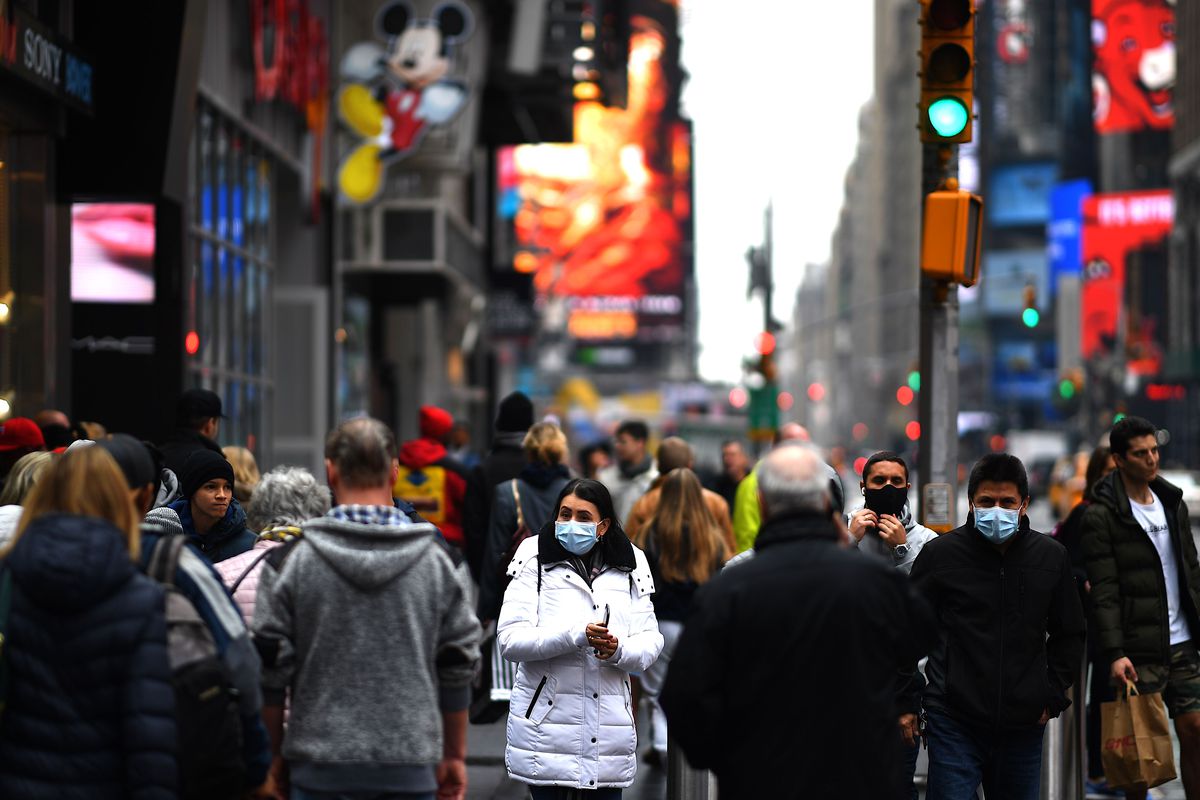
New York City is at the epicenter of the COVID-19 pandemic in the U.S.
In the big cities, it is almost invariably the Democrats that enforce Rich Man’s Rule – many of them Black Democrats, since the other half of the duopoly is the White Man’s Party (GOP). Big labor’s only duopoly option is also the Democrats, a straight-jacket that union hacks have no desire to escape, preferring concubinage (whoring) to conflict with the ruling capitalist class.
The unions that purport to fight for the workers, and Blacks, who are overwhelmingly working class and the most left-leaning ethnicity in the nation, have both been reduced by the duopoly to annexes of the Democratic Party, a fatal embrace. The duopoly serves only one master: Capital. Back when the Democrats were the White Man’s Party and an aging Frederick Douglass made his living as a Republican functionary, the former firebrand declared , “The Republican Party is the ship and all else is the sea around us.”
Just as Douglass’ Republicans eventually sanctioned Jim Crow and the dictatorship of Capital, the Democrats have become bulwarks of an austerity Race to the Bottom that has thrown the working class and its most marginalized components overboard to drown in a sea of declining living standards and disappearing “real” jobs and social supports – and without a national health care system.
Covid-19 has made clear the lunacy of this deal with the devil, and that “nobody will save us, but us.”
COOPERATION JACKSON ISSUES CALL FOR GENERAL STRIKE MAY 1
 Cooperation Jackson, the Mississippi-based “emerging vehicle for sustainable community development, economic democracy, and community ownership,” last week put out a call for a general strike to begin on May 1st — May Day — and a list of demands “that will transform our broken and inequitable society, and build a new society run by and for us – the working-class, poor, oppressed majority.” (See BAR, April 6, 2020.)
Cooperation Jackson, the Mississippi-based “emerging vehicle for sustainable community development, economic democracy, and community ownership,” last week put out a call for a general strike to begin on May 1st — May Day — and a list of demands “that will transform our broken and inequitable society, and build a new society run by and for us – the working-class, poor, oppressed majority.” (See BAR, April 6, 2020.)
See https://cooperationjackson.org/
“Despite the asymmetry of power between ourselves on the Left and the organized working-class, and the forces of the right,” says the Call, “we have to do everything we can to intervene. We must stop the worst most deadly version of this pandemic from becoming a reality, and we have to ensure that we never return to the society that enabled this pandemic to emerge and have the impact it is having in the first place. We must do everything that we can to create a new, just, equitable and ecologically regenerative economy.”

Kali Akuno of Cooperation Jackson
The proposed demands include protection of front-line workers exposed to the virus, and of “other vulnerable communities, including the homeless, migrants, and refugees from discrimination and attack in this time of crisis”; democratization of the means of production, by converting corporations into cooperatives; universal healthcare and basic services (education, childcare, elderly care, water, electricity, internet, etc.); a universal basic income; democratized credit (“Bail out the people, not the corporations and Wall Street”); a “decarbonized economy and Green New Deal; housing as a human right; clean and decommodified water for all; a Debt Jubilee; release of prisoners and closure of jails and prisons; closure of detention centers and reunification of families; shutdown of overseas military bases and cuts in the military budget, with spending transferred to social needs and infrastructure.
Cooperation Jackson spokesman Kali Akuno said nearly 300 activists took part in a conference call on Monday and reached “consensus on doing collective action to support what’s already going on.” Committees were formed to launch and sustain the strike and to put together a national strike fund.
“We’re trying to answer questions of the last 30 years in a few days,” said Akuno. May Day is important, “but we have no illusion that the ‘big one’ will happen on May 1st,” with the epidemic raging and much of the population still on lockdown, “but we’ll keep working towards it to send a clear message that we need a new system.”
The resistance predates Cooperation Jackson’s call. Dr. Abdul Alkalimat, professor of African American Studies at the University of Illinois, Urbana-Champaign, compiled and circulated a list of grassroots labor and social activist actions in the time of plague across the nation and the world [VOD-list is at bottom of this story.]
Lockdown and Beyond
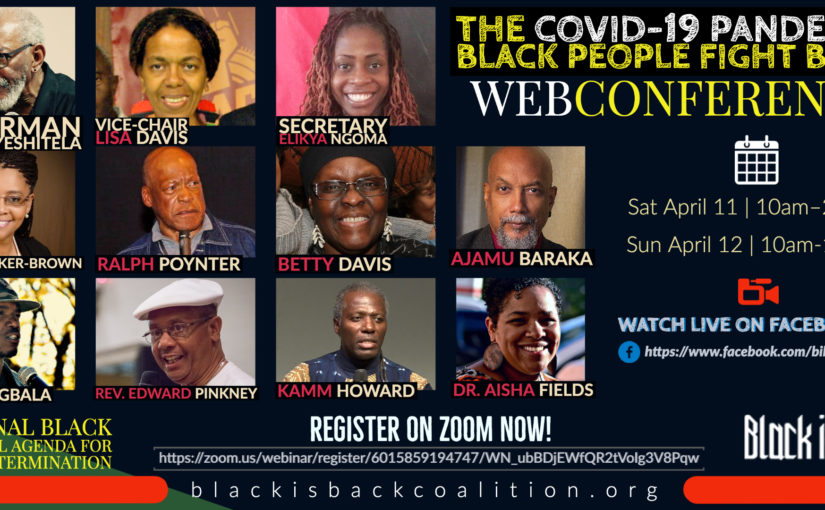
http://blackisbackcoalition.org/the-covid-19-pandemic-black-people-fight-back-webinar-april-11-12/
As long as the lockdown continues, activists will have to find novel uses for technology. The Black Is Back Coalition had planned to hold its annual Electoral School gathering in St. Louis this weekend, April 11 and 12, but will instead conduct the event over the internet. The theme has been changed to “Covid-19 Pandemic: Black People Fight Back ,” with an emphasis on “sellout Negroes in the time of plague,” said coalition chairman Omali Yeshitela.
That’s an apt description of the battle ahead of us. The Democratic Party has for the last four years blamed all of the ills of capitalism — and their own crimes — on the singularly loathsome person of Donald Trump and his imaginary partners in Moscow. Trump has, in effect, been their shield, diverting attention from Democratic complicity in the Race to the Bottom – which is why Hillary Clinton wanted him to be the Republican nominee, and why the Democrats insist he is the only issue in 2020.
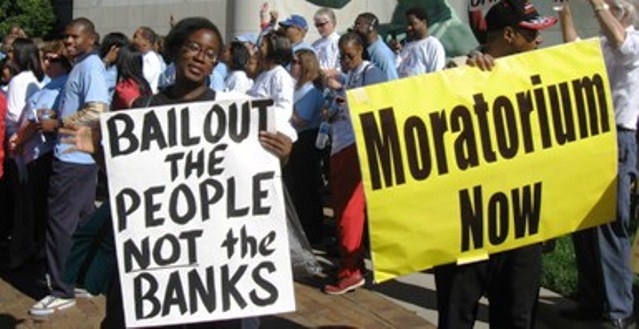
Protest at Coleman A. Young Municipal Center in Detroit against 2014 bankruptcy takeover of city.
If Trump is the root of all evil, then all that needs to be done is to replace him with a Democrat – leaving intact the system created by both parties at the behest of the ruling class.
But the Covid-19 epidemic would have wrought mass death and economic havoc in the United States no matter which half of the corporate duopoly was in charge, because both corporate parties have been eagerly dismantling and privatizing the public health sector for two generations. The Covid-19 bailout of banks and corporations under Trump is modeled on the bank and corporate bailout under Obama more than a decade ago. Neither scheme saved anybody but the financial and corporate elite. The First Black President and the Thoroughly Racist President both serve the same masters.
“The Covid-19 epidemic would have wrought mass death and economic havoc in the United States no matter which half of the corporate duopoly was in charge.”
Through its abject obedience to the Democratic Party, the Black Misleadership Class acts as mercenaries for the same oligarchy. They are welcomed into the subservient fold because the Lords of Capital have no problem with ethnic and religious “diversity” in the lower ranks of the power structure (mayors, a few corporate executives, even a compliant Black president), as long as society is structured according to the needs of Capital. Black politics will have to be transformed – not just independent of the Democratic Party, but relentlessly opposed to it – or there is no chance of lifting Black America from the bottom of the racial barrel, much less eliminating the racial hierarchy, altogether.
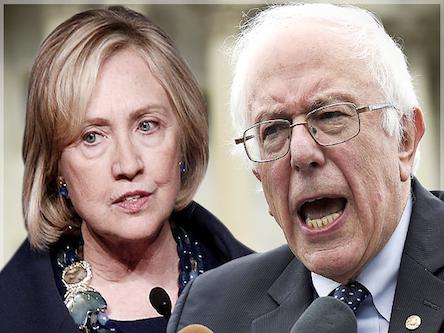
Hillary Clinton and Bernie Sanders agreed on U.S. war agenda in Syria, Middle East, Latin America
Bernie Sanders’ final surrender to the will of his half of the corporate duopoly, was anticlimax. Covid-19 will swell the ranks of dissidents in the party and nation, and Sanders’ concession will remove false hope that a corporate party can fight corporate rule. Sanders played a key role in popularizing the term “socialism,” but also in sanitizing it as compatible with existing power structures. Jeff Bezos and the rest of the obscenely rich are just as deadly if they are more heavily taxed, as they are when they keep most of their money.
A real left must fight for real socialism if the real world is to be saved from the greatest threat to life on Earth: the capitalist ruling classes of the United States and Europe, the historical and unrepentant enslavers of humanity and ravagers of the planet. Real socialism kicks the oligarchy off the commanding heights of the economy so they can no longer inflict unending austerity, war and warming on the planet while the people remain unprotected from the periodic visitation of deadly microbes. It must be a socialism that respects and facilitates the self-determination of Black people and all other oppressed nationalities that demand it – which is the only way that socialism can work in a racist society.
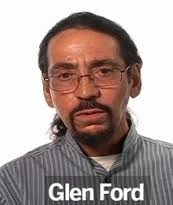 BAR executive editor Glen Ford can be contacted at Glen.Ford@BlackAgendaReport.com .
BAR executive editor Glen Ford can be contacted at Glen.Ford@BlackAgendaReport.com .
COMMENTS?
Please join the conversation on Black Agenda Report’s Facebook page at http://facebook.com/blackagendareport
Or, you can comment by emailing us at comments@blackagendareport.com
WORLD-WIDE FORCES FIGHTING THE CAPITALIST-COVID EPIDEMIC
New Orleans https://vimeo.com/404840708
Workers beginning to revolt https://www.vice.com/en_us/article/z3b9ny/coronavirus-general-strike https://www.commondreams.org/views/2020/04/03/strike-your-life https://www.huffpost.com/entry/the-coronavirus-worker-revolt-is-just-beginning_n_5e84e57bc5b60bbd734e3fa0 https://www.bloombergquint.com/businessweek/coronavirus-marks-the-best-and-worst-time-for-workers-to-strike https://nymag.com/intelligencer/2020/04/the-coronavirus-may-be-a-tipping-point-for-labor.html
Amazon warehouse workers https://chicago.suntimes.com/coronavirus/2020/4/6/21203949/amazon-little-village-dch1-coronavirus-covid-19-christian-zamarron-domonic-wilkerson https://www.theverge.com/2020/3/30/21199942/amazon-warehouse-coronavirus-covid-new-york-protest-walkout https://www.theverge.com/2020/4/1/21202745/amazon-coronavirus-walk-out-detroit-protests-warehouse-cleaning https://fortune.com/2020/03/30/amazon-workers-new-york-warehouse-strike-coronavirus-safety-fears/
Uber and Lyft drivers https://www.theguardian.com/us-news/2020/mar/19/uber-lyft-coronavirus-benefits-ab5
Nurses https://www.youtube.com/watch?v=lMrBHRFWV2c https://www.youtube.com/watch?v=VdQQdna0P9s https://www.newsweek.com/nurses-protest-coronavirus-california-cdc-1491873 https://www.bridgemi.com/michigan-health-watch/nurses-say-detroit-hospital-told-them-leave-after-coronavirus-protest
ICE detainees https://theintercept.com/2020/03/30/coronavirus-ice-detention/
Grocery store workers https://www.nbcboston.com/news/local/grocery-store-workers-to-protest-in-boston-demanding-adequate-protections-amid-pandemic/2103707/ https://www.inquirer.com/jobs/labor/coronavirus-philadelphia-grocery-workers-moms-organic-market-protest-20200406.html
McDonald’s in LA https://la.eater.com/2020/4/6/21210092/mcdonalds-walkout-protest-south-la-crenshaw-coronavirus-covid-19-los-angeles
Local officials in Georgia https://www.msn.com/en-us/news/us/stupid-and-crazy-local-officials-protest-gov-kemps-decision-to-reopen-beaches-in-hard-hit-georgia/ar-BB12dsxn
Brazil https://www.bbc.com/news/world-latin-america-51955679
Ivory Coast https://www.bbc.com/news/world-africa-52189144
Pakistan https://globalnews.ca/news/6787520/coronavirus-pakistan-iran-protest/
Global https://www.wsws.org/en/articles/2020/04/06/work-a06.html https://nymag.com/intelligencer/2020/03/coronavirus-fears-spark-prison-unrest-worldwide.html
Palestinians https://www.middleeasteye.net/news/coronavirus-protest-jaffa-covid-19-restrictions-police-brutality
Italy https://www.foxnews.com/world/italian-inmates-die-during-protest-over-coronavirus-measures https://www.dw.com/en/italian-workers-protest-against-open-factories-as-covid-19-spreads/a-52921359
Germany https://www.infomigrants.net/en/post/23520/germany-asylum-seekers-protest-against-virus-quarantine



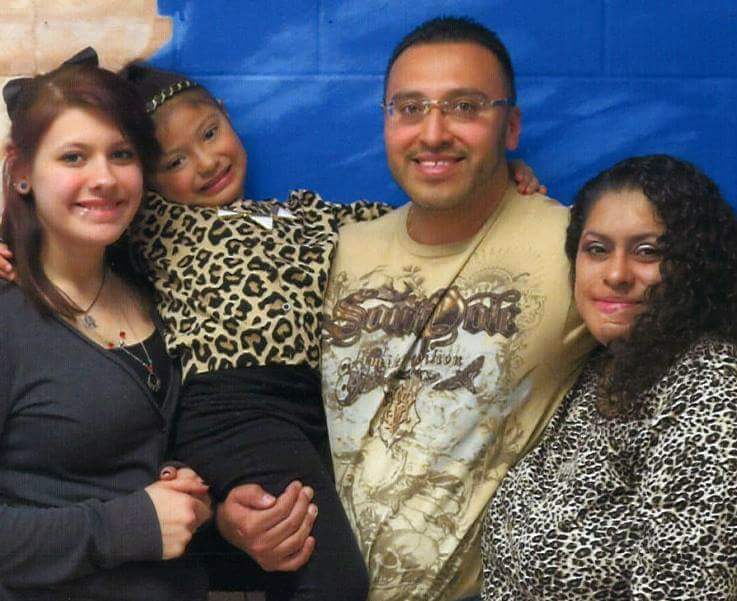
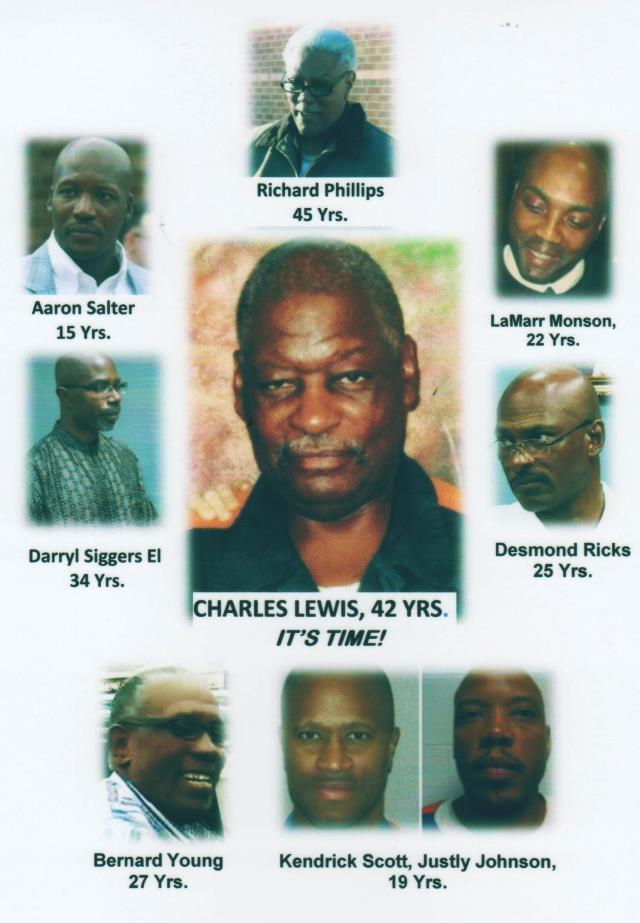
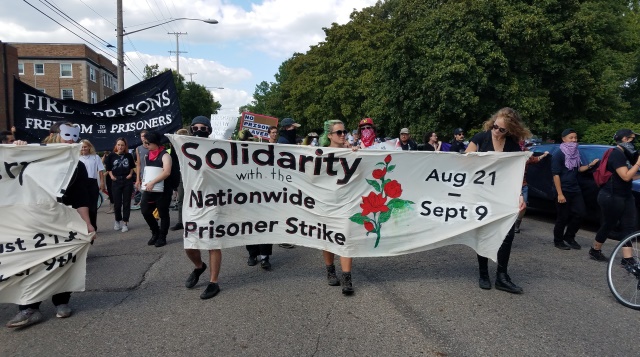


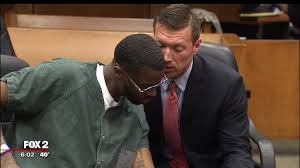
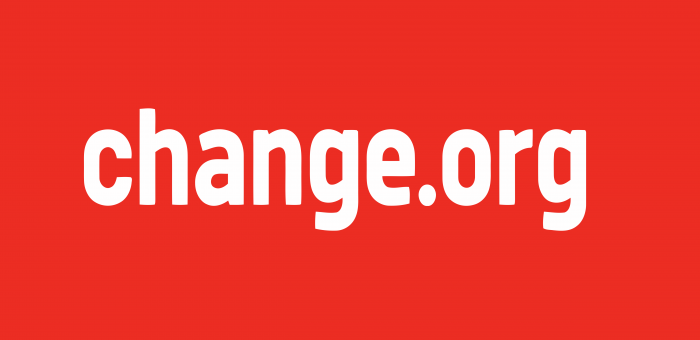 SIGN PETITION TO FREE THELONIOUS SEARCY AS SUPPORT MOUNTS NATIONALLY AND WORLD-WIDE. STOP EXTENSIVE CORRUPTION IN MICHIGAN JUDICIAL SYSTEM, at
SIGN PETITION TO FREE THELONIOUS SEARCY AS SUPPORT MOUNTS NATIONALLY AND WORLD-WIDE. STOP EXTENSIVE CORRUPTION IN MICHIGAN JUDICIAL SYSTEM, at
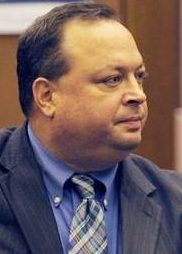
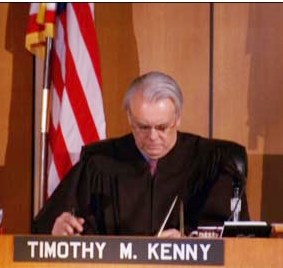

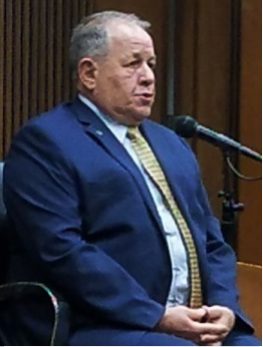
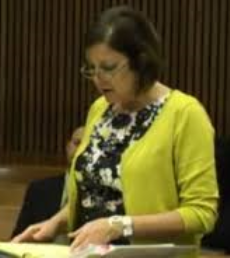
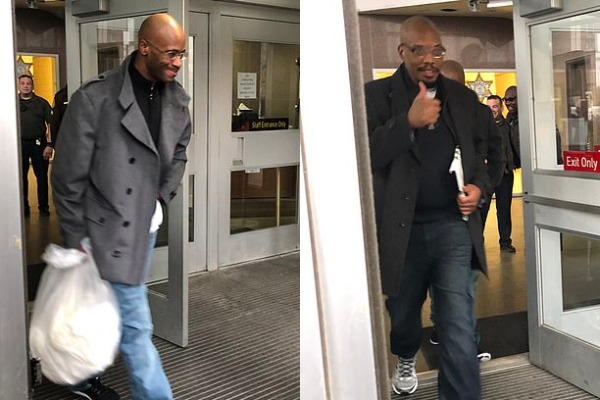
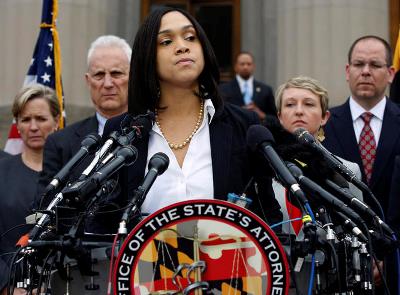



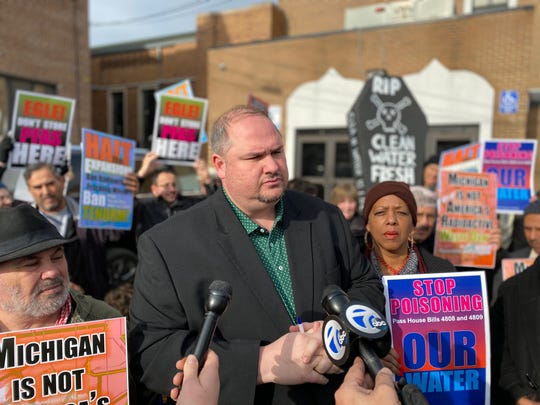

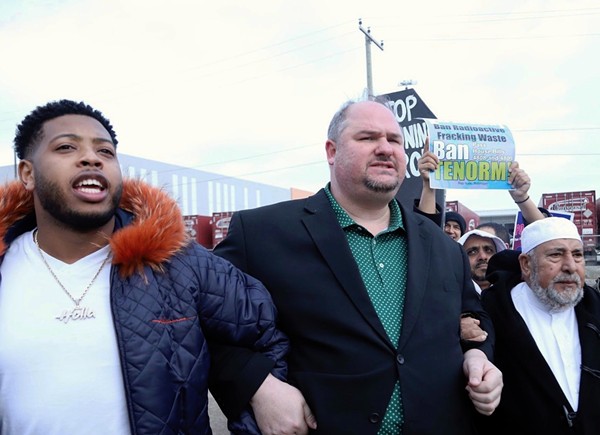
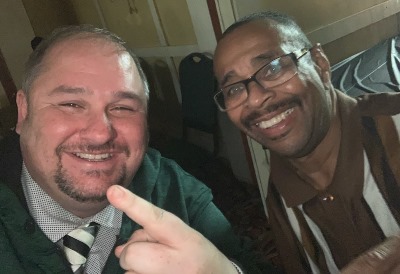
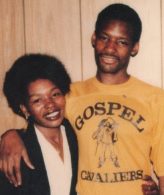

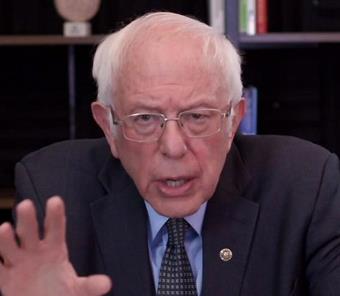


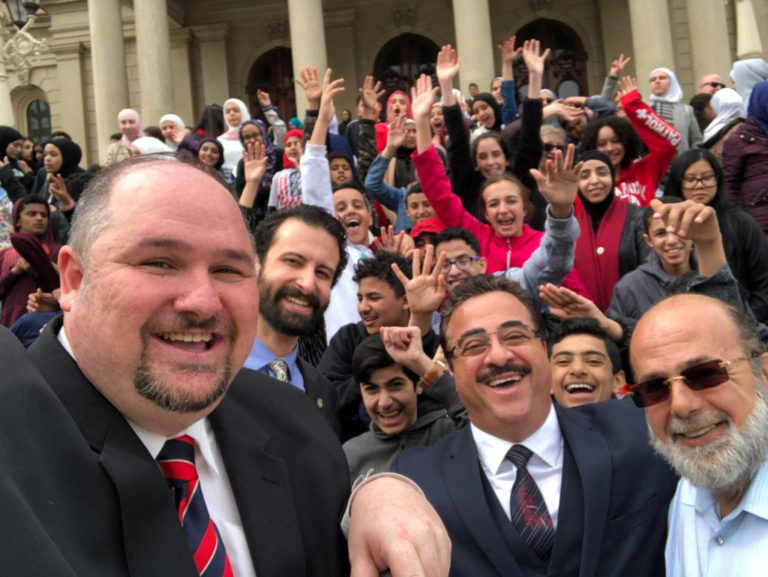
 Speaker of the Michigan House of RepresentativesLee Chatfield called Robinson “a tremendous friend and colleague.”
Speaker of the Michigan House of RepresentativesLee Chatfield called Robinson “a tremendous friend and colleague.”

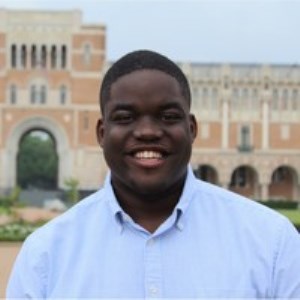
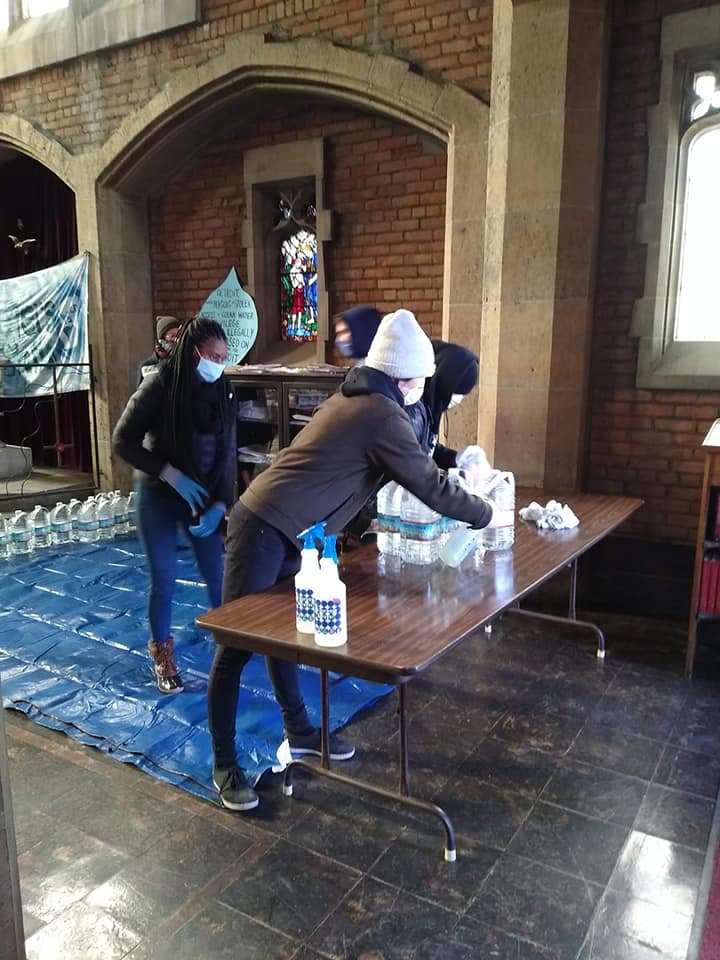




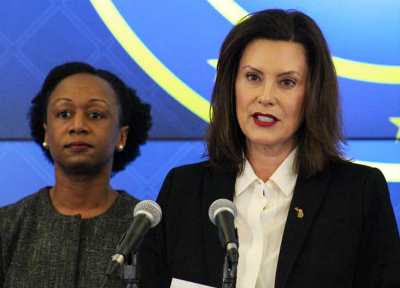




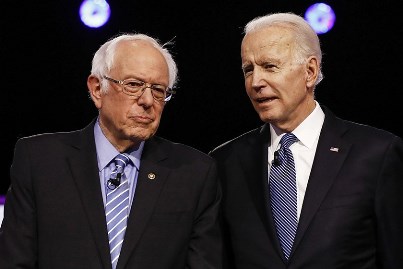



 Charles Davis
Charles Davis





 By Javier Zarracina and Adrianna Rodriguez, USA TODAY
By Javier Zarracina and Adrianna Rodriguez, USA TODAY 

 Dr. Pragya Dhaubhadel and Dr. Amit Munshi Sharma, infectious disease specialists at Geisinger, say some patients have reported gastrointestinal symptoms such as nausea and diarrhea, however it’s relatively uncommon.
Dr. Pragya Dhaubhadel and Dr. Amit Munshi Sharma, infectious disease specialists at Geisinger, say some patients have reported gastrointestinal symptoms such as nausea and diarrhea, however it’s relatively uncommon. “The lungs are the major target,” Hirsch said.
“The lungs are the major target,” Hirsch said.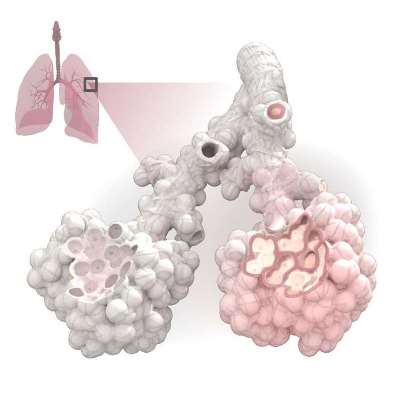 “So it’s basically a war between the host response and the virus,” Hirsch said. “Depending who wins this war we have either good outcomes where patients recover or bad outcomes where they don’t.”
“So it’s basically a war between the host response and the virus,” Hirsch said. “Depending who wins this war we have either good outcomes where patients recover or bad outcomes where they don’t.”